Have you ever wondered where this large amount of second- hand clothing comes from and how it ends up polluting our environment? We went in search of answers and try to clarify the business flow of these new and second-hand chains.
Exported from India
India exports most of it’s Polyester Fabric to Kenya and is the 2nd largest exporter of Polyester, Fabric in the World.As per Volza’s India Export data of December 2023, Polyester Fabric export shipments from India to Kenya stood at 62.3K exported by 2,000 India Exporters to 2000 Kenya Buyers.
The top 3 exporters of Polyester, Fabric are Vietnam with 19,688,726 shipments followed by India with 16,684,796 and China at the 3rd spot with 14,190,437 shipments.
Two common plastics, polyester and nylon are found in 69% of clothing globally. Others are acrylic, spandex (also called Lycra or elastane), fleece, or polyolefin.
In the past,clothing was primarily made out of natural materials, such as cotton, leather, linen, silk, and wool.Nowadays, the fashion industry has been taken over by rapidly purchased and discarded clothing and accessories made from synthetic fabrics, including polyester, nylon, and acrylic.
To create the plastic for clothing, large amounts of fossil fuels are extracted and processed, releasing greenhouse gases.
At every stage of production, use, and disposal, plastic clothing negatively impacts human health and the environment.
The process of producing and transporting the plastic used in clothing requires significant amounts of energy, causing further environmental degradation.
The world celebrates the largest environmental movement Earth Day,on April 22.According to this year’s organizer Earthday.org, “Our theme, ‘Planet vs. Plastics,’ calls to advocate for widespread awareness on the health risks of plastics, rapidly phase out all single-use plastics, urgently push for a strong UN Treaty on Plastic Pollution, and demand an end to fast fashion”.
Plastic pollution is a financial and environmental crime just like illicit financial flows related to wildlife trafficking, illegal logging, illegal fishing, illegal mining, waste and hazardous substances trafficking.Environmental crimes encompass illegal activity that harms human
health, and harms nature and natural resources by damaging environmental quality.
Earthday says , “plastic production now has grown to more than 380 million tons per year. More plastic has been produced in the last 10 years than in the entire 20th century, and the industry plans to grow explosively for the indefinite future.” As a result, plastic waste is piling up on land and choking oceans, lakes, and rivers.
Made in Kenya Clothes
The textile and apparel industry plays an important role in the global economy by providing jobs and income. In Kenya, the sector is the third largest exporter in Kenya after horticulture and tea. It contributes to the nation’s economy – representing 0.6% of GDP and accounting for 6% of the manufacturing sector – earns 7% of country’s total export earnings. New clothes are manufactured in the Export Processing Zone(EPZ), exported to the US,UK and EU and then re-imported into Kenya as second hand clothes.
“Kenya plans to raise apparel exports to the United States and European Union to $1 billion by 2025 and to $2 billion by 2030”, EPZA chairman Richard Cheruiyot recently said.The country now exports apparel worth $544 million (Sh83.07 billion) to the two markets.
Sri Lankan investors
The key players in this industry are Sri Lankan companies MAS Intimates and Hela Garments operating from Athi River town,where the headquarters of EPZA are located.
MAS Intimates Kenya which produces clothing brands such as Calvin Klein and Tommy Hilfiger says it has shipped more than USD 1.5Mn worth of garments predominantly to the USA and Canada since it launched operations in early 2020.
The privately owned company by Mahesh, Ajay and Sharad(MAS) Amalean founded in 1987 say it has invested more than USD 7 million in Kenya noting that by 2025, the amount will rise to USD 12Mn.This monthly sale, according to the brief sent to newsrooms, is expected to increase to over USD 8Mn per month by 2025.
“MAS Intimates Kenya has shipped more than USD 1.5Mn worth of garments predominantly to the USA and Canada followed by other parts of the world like Australia, Mexico, and Japan. This monthly sale is expected to increase to over USD 8Mn per month by 2025,”says the firm.
MAS which is the largest single exporter for Sri Lanka has a footprint in 17 countries with a 99,000 global talent pool .The organization is headquartered in Sri Lanka with 53 manufacturing facilities across the World.
Hela Kenya, established in 2016, is the largest manufacturing facility within the Hela Group and employs over 4,000 people. The facility currently produces approximately 20% of the country’s total apparel exports. The Hela Clothing in Kenya remits their proceeds in the tune of over US$ 130 million to Sri Lanka per annum.
Hela Apparel Holdings – the holding company of the Hela Group – is the only global apparel supply chain solutions provider to be listed on the Colombo Stock Exchange. Hela was the first major Sri Lankan apparel manufacturer to establish operations in Kenya and has played a leading role in the industry’s rapid growth across the continent over recent years, with the subsequent establishment of manufacturing locations in Ethiopia and Egypt.
Fast fashion manufacturing
The shift to synthetic fabrics has allowed for the mass production of low-cost fashion, where the people who make fast fashion clothing are often exploited and subject to working in poor, toxic conditions.
Fashion is the world’s second-biggest industrial consumer of water behind agriculture.Jarim Omogi, head of the community health department at Amref International University, says water scarcity is an issue across Kenya:”44 out of 100 people (in Kenya) are unable to access clean and safe drinking water”.
But EPZ factories get supplied with constant fresh water from Nairobi county.Twice a week, trucks with 5,000 to 10,000 liters of water will fill up vending stations across Athi River, where residents can buy from in 20 litre Jerry cans. Residents of nearby Kitengela rely on fresh or salt water sold by the same trucks or boreholes.
Textile manufacturing operations create large amounts of toxic and nontoxic solid waste. Fibers, hemp, yarn and fabrics are solid waste that are created directly from production lines. The cones, looms and cardboard reels used to hold fibers and textiles during manufacturing add to a factory’s solid-waste pollution. Common toxic-solid waste pollutants include the storage drums and plastic containers used to hold hazardous chemicals and solvents.Leftover powdered dyes and dye containers, scrap metal, oily cloths and wastewater sludge can contaminate the soil and groundwater sources if not properly disposed of or released untreated..
The textile and garment industry is notorious for creating a lot of waste through:
Overproduction: Factories often produce more garments than they can sell, leading to a lot of excess inventory and wasted materials.
Cutting and sewing waste: During the manufacturing process, a lot of fabric is cut and discarded as waste.
Packaging waste: Garments are often packaged in plastic bags and other materials that are not easily recyclable. The local waste collection and distribution is also highly informal, causing a large share of textile waste to be dumped in landfills, polluting soils and causing toxic gas emissions.
There have been reports of environmental pollution related to some of the EPZ factories in Kenya. Some of these factories have been accused of releasing harmful pollutants, such as lead and other hazardous chemicals into the environment.
Government pollution report
When he appeared before Parliament last September, Kenya’s Interior Cabinet Secretary Kithure Kindiki blamed industries and the EPZ Sewer line in Athi River town for polluting the River Athi.
“Pollution of this river and its tributaries has raised both scientific and environmental concerns among the regulatory authorities and research institutions,” reads a report by the National Environmental Management Authority.
CS Dr.Kindiki told MPs that millions of people who use water from the River Athi were living in danger of contracting harmful ailments after studies by government and private experts found that the waters contain heavy metals and carcinogenic substances.
He said that studies by the Government Chemist and private scientific research have shown that River Athi is infused with heavy metals, industrial, biomedical and human wastes.
“We are staring at environmental pollution of monumental proportions. The heavy metals may have been transmitted to our food chain,” Kindiki said.
He said some of the chemical emissions from the establishments find their way into the food chain disrupting the natural biotic cycle, which poses a major threat to the locals and others who use the water.
Wastes according to the CS, originate from plastics, synthetic fibre, paints, and cleansing agents, among others.
Waste disposal
A spot check to the EPZ site reveals that most EPZ factories are operated in Machakos county but dispose their waste in a landfill located in the neighboring county of Kajiado county, where the majority of their staff reside.The National Environment Management Authority (NEMA) directed the Kajiado county government to move the site away from the residential houses.
Instead, the county chose to start an initiative known as ‘Taka ni Mali’ (Waste is Wealth),a programme residents say is a waste of resources and a cash cow for well connected individuals. It receives financial and technical support from UNDP Kenya.
The initiative was founded and run by key stakeholders in the manufacturing sector and county government has been accused of conflict of interest.Its founder and patron is the Chair of the Kenya Association of Manufacturers(KAM)Women in Manufacturing Programme,the Managing director of Line Plast Group of companies(a waste management company) and Chair of the SME club at the Kenya Private Sector Association (KEPSA). KAM and KEPSA are member representatives in EPZA.
Financial reporting
Some EPZs firms donate money to Non Governmental Organizations who end up promoting IFFs by not filing financial reports and not pay taxes.Some NGOs do not want to declare the sources of their funds publicly as 30 per cent of over 15,000 NGOs filed their returns for the
2021/ 2022 financial year,according to government reports.
In March 2022 MAS Holdings partnered with The Wildlife Foundation Kenya(TWF)to conserve 6,250 acres of the Nairobi National Park Wildlife Dispersal Area.The land in the conservancy model are leased from the Machakos and Kajiado counties, where the majority of MAS Intimates Kenya staff reside.
In line with the MAS Plan for Change commitment of restoring 25,000 acres of habitat, this unique initiative enables MAS and TWF to collaborate with local landowners to conserve wildlife on community- and privately-owned land.
Financial reports of this partnership are conflicting. At the launch of the five year partnership, TWF reported:”Today was a new dawn for The Wildlife Foundation and Naretunoi Community conservancy. Different stakeholders including Nature Kenya,the EANHS,African Wildlife Foundation,Kenya Wildlife Conservancies Association, Athi Kapiti Wildlife Conservancies Association, Kenya Wildlife Service ,MAS Holdings came together to issue cheques to a total of 56 landowners south of Nairobi national park .The landowners entered into a five-year agreement that would see them earn 800$ per acre per year. An increase from 500$ that was previously being paid”.
But in January 2024,TWF reported:”The lease money is paid to land owners to keep there lands open so as to be used by wildlife and livestock. The money is paid 3 times a year just before schools open. Each land owner gets 8$ per acre per year”.
Second hand clothes trade
Kenya has a thriving second-hand clothing industry involving many key actors along the value chain, including importers,wholesalers,retailers, sub-retailers(hawkers or street sellers) and down cyclers such as mop makers and furniture upholstery makers. Supporting actors include clearing and forwarding agents,transporters,godowns and ware-house owners.
According to a research report ‘Clothes Imported to Kenya and the Associated Environmental Impacts’ by Professor Patrick Diamond, Queen Mary University – London and Research Information Research Solutions – Nairobi:”The second-hand clothing trade, commonly known as “mitumba” in Kenya, is a vital component of Kenya’s apparel market. It provides access to fashionable and quality garments at affordable prices to large sections of the population, and plays a significant role in the local economy through job creation and revenue generation”.
Data from the Kenya National Bureau of Statistics of 2022 Economic Survey shows that Kenya imported 183,830 tonnes of second-hand clothing in 2021, a 39% increase from 132,565 tonnes in 2017. From 2016-2021 second-hand clothing imports averaged 159,705 tonnes annually.
The sustained growth in imports reflects the growing demand among Kenyan households for second-hand clothing. The Institute of Economic Affairs (IEA Kenya) reported that second-hand clothing and footwear contribute over US$100 million in tax revenue in the form of import duties and the industry employs approximately 2 million people.
The tax rates levied by the government for worn items of used clothing is 35% of the Customs value (price of consignment, freight and insurance fee) or USD 0.20 per Kilogram whichever is higher.
The EU exported 1.4 million tonnes of used textiles in 2022, more than twice as much as in 2000 according to UN trade data. Kenya imported 177,386 tonnes of used clothing in 2022, a 76% increase on the amount imported in 2013, according to U.N. trade data.
From a Clean Up Kenya investigation, it emerged that Pakistan, one of the biggest importers of EU and UK used clothing, is an important transit hub for used clothing, due to lower labour costs for sorting, where it is then re-baled, re-branded and exported to Kenya. Bales originally from the UK were re-exported through Pakistan by GoldStar, Kasuku, Noble Impex, SAFQA and Vertex companies. Other European companies that exported the used clothing to Kenya include Poland’s Vive Textile Recycling (7.94%), Wtorpol (3.32%), Firm Handlowa Tesso (3.31%) and UK companies Nathans Wastesavers Limited (4.62%), JMP (3.86%) and Cookstown Textile Recyclers (3.78%).
In the Kenya Customs data for the period between March and August 2022,761.5 tonnes (5.13% of Pakistan’s used-clothing exports)were destined for Kenya.European exporters to Pakistan included SOEX, East London Textiles and TEXAID. The Clean Up Kenya research found that Germany (41.27%) is the leading exporter of second-hand clothing from Europe to Kenya, followed by Poland (24.68%), the UK (23.05%), Hungary (3.28%), Italy (2.53%), Belgium (1.82%), Lithuania (1.42%), Estonia (0.67%), France (0.53%) and Ireland (0.42%) and account for 95% of all second-hand clothing exports from the EU to Kenya. The total value of these exports was USD $26,018,014.
Dirty linen
Of the 112 million items of used clothing shipped directly from the EU to Kenya each year, up to one in three contain plastic and are of such a low quality that they are immediately dumped or burned.
“The clothes are either too dirty or damaged to be reused or are culturally and climate inappropriate, creating serious environmental and health problems for vulnerable communities and overburdening the Kenyan taxpayer with waste management costs,” laments Mr Betterman Simidi Musasia who sold his trucking business to start Clean Up Kenya, a national public sanitation advocacy organization.
The Mitumba Consortium Association of Kenya, which represents over two million second-clothing traders insists the second-hand clothing trade is a vast industry which involves investment in cleaning, sorting and importing quality clothes for consumers.
Ms Teresia Njenga the chair of the consortium denies that the imports contain large amounts of unusable items that end up in landfill.”Nobody is giving us trash by force – what we are buying is good quality clothes, and if a supplier wants to sell us trash, we would be happy to refuse their consignment,” she said.
Around 1%-2% of each imported bale of used clothes ends up as waste, according to research commissioned by the association and published in September last year, based on 120 interviews with importers of second-hand clothes in Nairobi.
“Kenyan traders report clothing soiled by vomit, heavy stains and humanl hair. A McDonald’s uniform was found still with the name badge attached. An M&S item with the label “recycle with Oxfam” was photographed being burnt to roast peanuts”,reveals a report and documentary by Clean Up Kenya, titled “Trashion, the stealth export of waste plastic clothes to Kenya”.
The report accuses charities that collect clothing from EU and UK citizens like British Heart Foundation, Oxfam, Cancer Research UK, Salvation Army, Barnardos, and Sue Ryder who are linked to the recycling companies that ship the waste to Kenya.
‘Washing’ dirty linen in dumpsites
Estimates by the Charging Markets Foundation suggest that in recent years over 300 million items of damaged or unsellable clothing made of synthetic – or plastic – fibres are exported to Kenya each year where they end up dumped, landfilled or burned, exacerbating the plastic pollution crisis.
The toughest assigment is going to Kenya’s – and possibly the whole of Africa’s – largest dump site in Dandora .It requires a lot of diplomatic skills to go past the ‘security’ to get to the landfill that occupies over 30 acres, with an estimated 4,000 tonnes of waste from Nairobi city being piled into it daily.
It is still fully operational despite having been declared full in 2001. The site is enclosed by residential homes and schools.From the residential houses you can see a constant pall of smoke over the area, some coming from fires lit on the surface of the mountains of rubbish.A constant procession of trucks arrives to pile yet more waste on the site everyday and night.
Importers of unsellable second-hand clothes
Out of close to 500 importers, just five companies controlled around 50% of the USD$26 million European imports in 2021, including Baltic Textile Trading, Humana and SoEX.Textile Recycling International (TRI) is the holding company for three of the UK textile recycler companies with export links to Kenya; JMP Wilcox, Nathan’s Waste-savers, and Cookstown Textile Recyclers.
Baltic Textile Trading Limited in Kenya, Nairobi, was established in 2014. The company has over 26 Think Twice retail shops and one shops is a stone throw away from EPZA headquarters, MAS and Hella in Athi River/Kitengela.
The company was found to have sold tonnes of unsellable used clothing to other traders, who cut these into pieces which are then supplied as industrial rags and later used as industrial fuels, further contributing to air pollution and emissions.At the Think Twice shop near the EPZA headquarters and factories a staff hinted that all the unsold stock from their shops was returned to their godowns to be shredded into rags and ultimately burnt or landfilled .
The company’s contribution for donation in 2022 was USD 428,863.48 to Humana Second Hand Fundraising Projects, a Lithuanian public establishment that owns and manages the activities of second-hand clothes shops and sorting centers in 13 countries, including Belgium, Estonia, Georgia, Germany, Hungary, Kenya, Latvia, Lithuania, Oman, Togo, Turkey, Uganda, and Ukraine.
The Baltic Textile Trading is a member of The Federation Humana People to People a Swiss-registered non-profit association with Headquarters in Zimbabwe. Humana operates as Planet Aid, ADPP, DAPP and UFF in 46 countries.Humana People to People was founded in Geneva, Switzerland in 1996 by a number of charitable organisations with links to the Tvind Teachers Group.
The Group had begun collecting used clothing in the 1970s and early 1980s for projects in countries such as Mozambique and Zimbabwe. Tvind and Humana People to People are alleged to be behind a group of similar organisations that have placed tens of thousands of used clothes collection bins throughout the United States and Western Europe. Advertised as supporting environmental causes, the organizations behind the bins instead sell the clothes and channel the profits to a small circle of Tvind leaders,says Danwatch Investigative Media and Research centre of Denmark.
The Humana organisations’ financial reports also show that they buy and sell amongst each other, and that even though all the organisations use the same Humana People to People logo, some are straightforwardly for-profit enterprises, while others are non-profit.
Humana People-to-People’s donation bins can be found in many European countries except in Scandinavia, where clothes are collected under the name UFF.In the UK, clothes collection organisations said to be tied to Tvind include the for-profit companies Green World Recycling, Planet Aid UK and Development Aid from People to People UK (DAPP-UK).
It all starts with the 18 million people in Europe and the USA who with care and consideration decide to give clothes they no longer use as a donation in one of the clothes collection points. The clothes are passed on to sorting centres, where they are sorted into categories so that each piece of clothes will get to the highest level of reuse and raise the most funds, be it in a Vintage Shop in a European city, a thrift store in the USA, as wholesale second hand bales or in a seller’s stall at the open market place or street hawker in any African country.
On each collection bin where European citizens in good faith dispose of their used clothing,Humana tells a story about farmers clubs, education projects and health actions being made in the global south as part of their foreign aid. In 2022, Humana People to People second-hand clothes system generated 23% of the funding for social projects from the Humana People to People second-hand clothes trade.In the same year, Humana reported that members spent approximately US$117 million on education and development projects worldwide. Their income was raised through development partnerships constituted the majority of their total income at 72.4%, while 23.9% was generated through the collection and sale of second-hand clothes and other income represents the remaining 4.4%.
Humana runs a recycling business in Europe worth more than 100 million euros.But by going through the public accessable financial statements of the European Humana organisations Danwatch concludes that only 13% of their earnings appear to end up in the developing world.They say it goes to developing projects – but 87% of the revenue from recycled clothing stays in Europe.
Producer responsibility
There is need to hold the fashion industry responsible for cutting carbon emissions to achieve alignment with the 1.5 degree pathway set out by the 2015 Paris Agreement and enact an Extended Producer Responsibility requirement for fashion brands to sustainably dispose of their waste.
France, along with Sweden and Denmark, are making a bold proposal to ban the export of second-hand clothes from the EU,What is missing is support of an infrastructure and standard systems for consistent, convenient and widespread collection and sorting of used clothing to prevent the waste of 17 millions of tons of textiles in the United States each year.
On record,SMART, a group of 40 used clothing exporters in the US, says that 40,000 American jobs in sorting and packing clothes, are at risk. Clothing thrown away by Americans, the association says, will end up in landfills in the U.S. and damage the environment if not sold abroad.
The organization argues that the cut-off of these imports from the U.S. runs counter to the AGOA’s prohibition against “barriers to U.S. trade.”Currently Kenya is the leading textile exporter to the USA.The US Congress has put forward proposals that would see the AGOA extended to 2041.
Clearly, Kenya is exporting clean unused clothes and imports the same as dirty used clothes
which end up committing financial and environmental crimes. Kenya has recommended banning imports of used apparel since 2016 but has not enforced it.
This story was produced with support from Internews’ Earth Journalism Network.









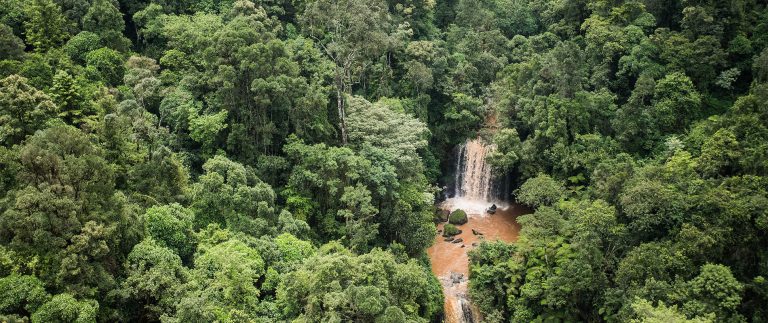


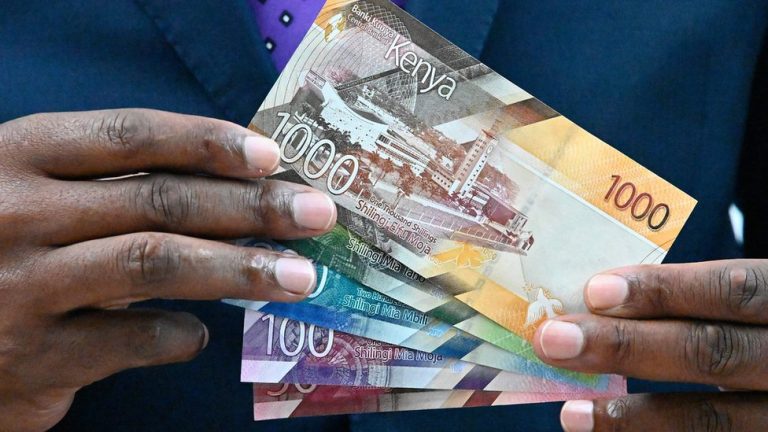

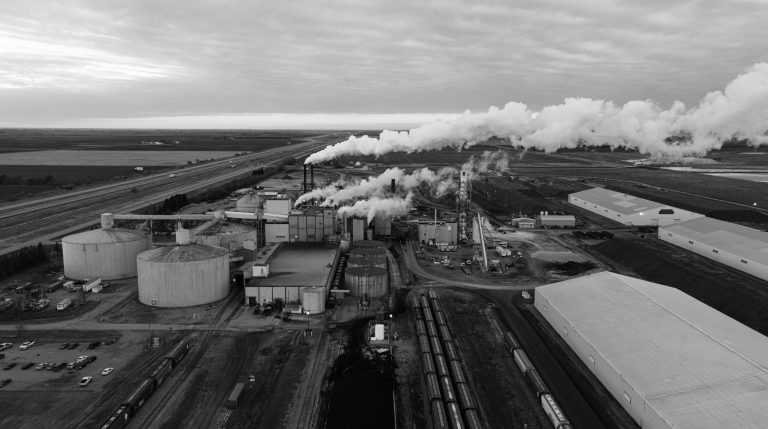
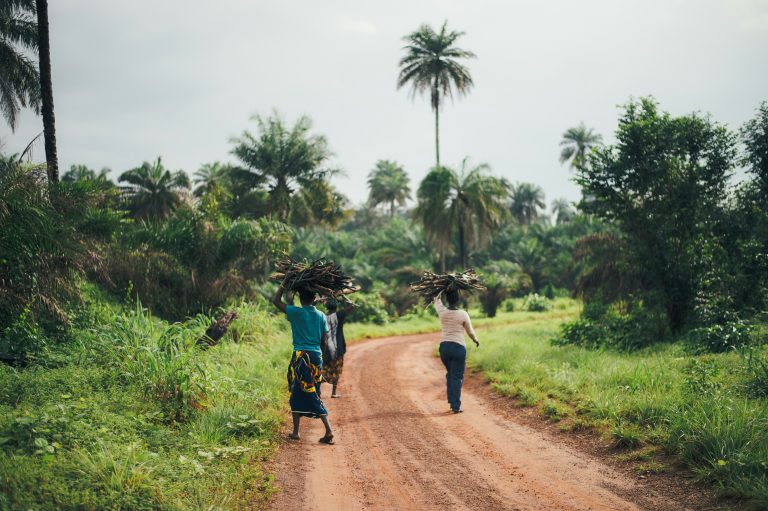








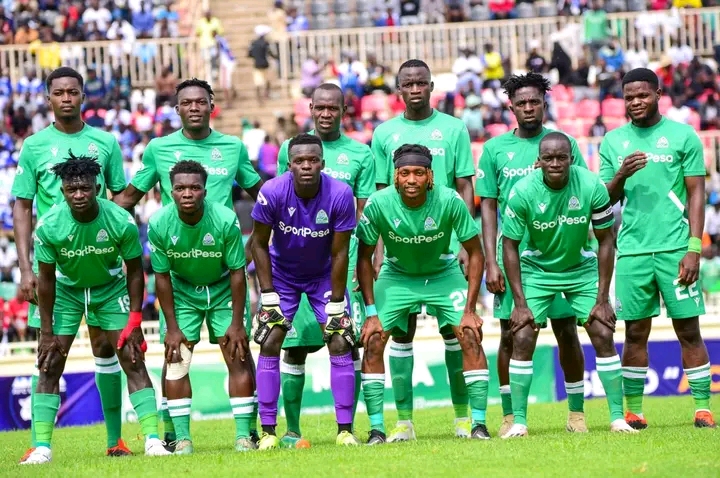




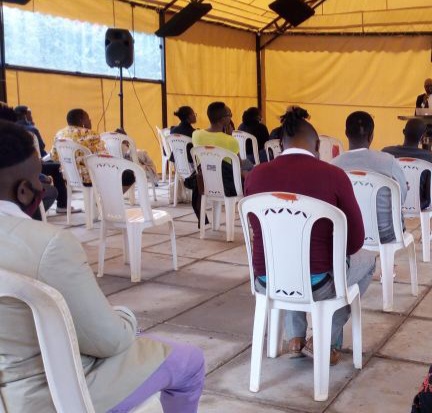




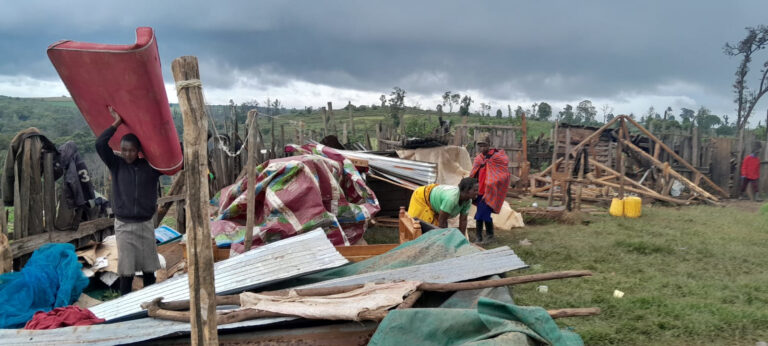


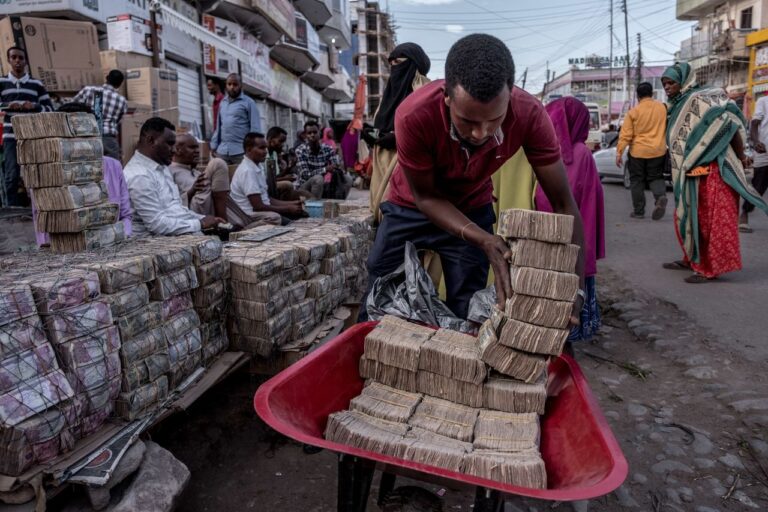
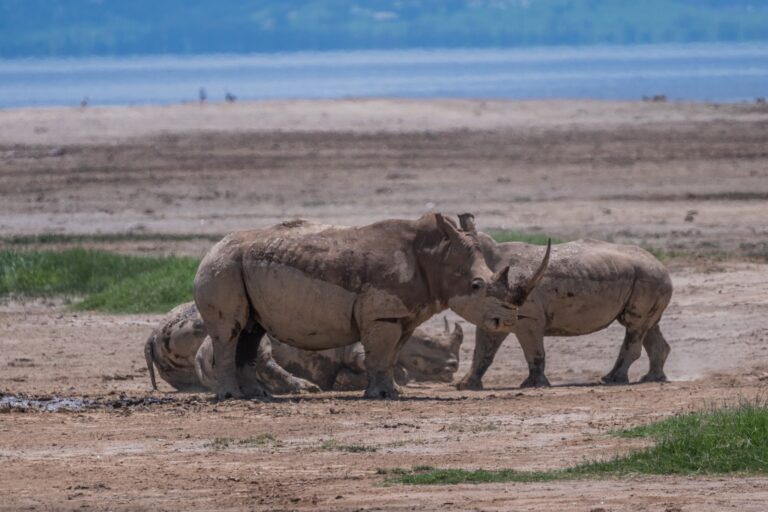




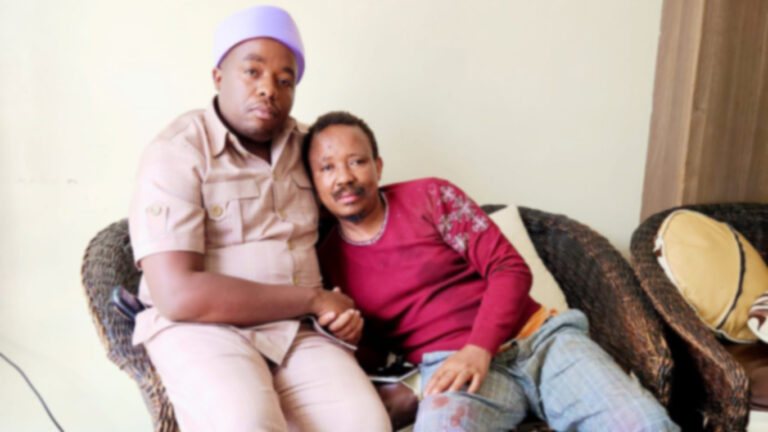















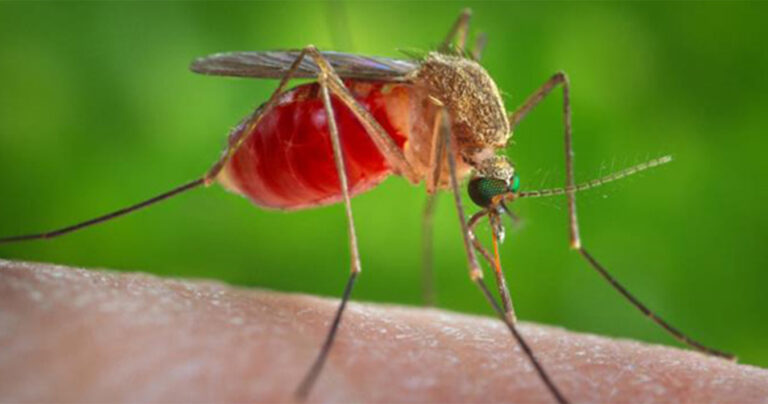




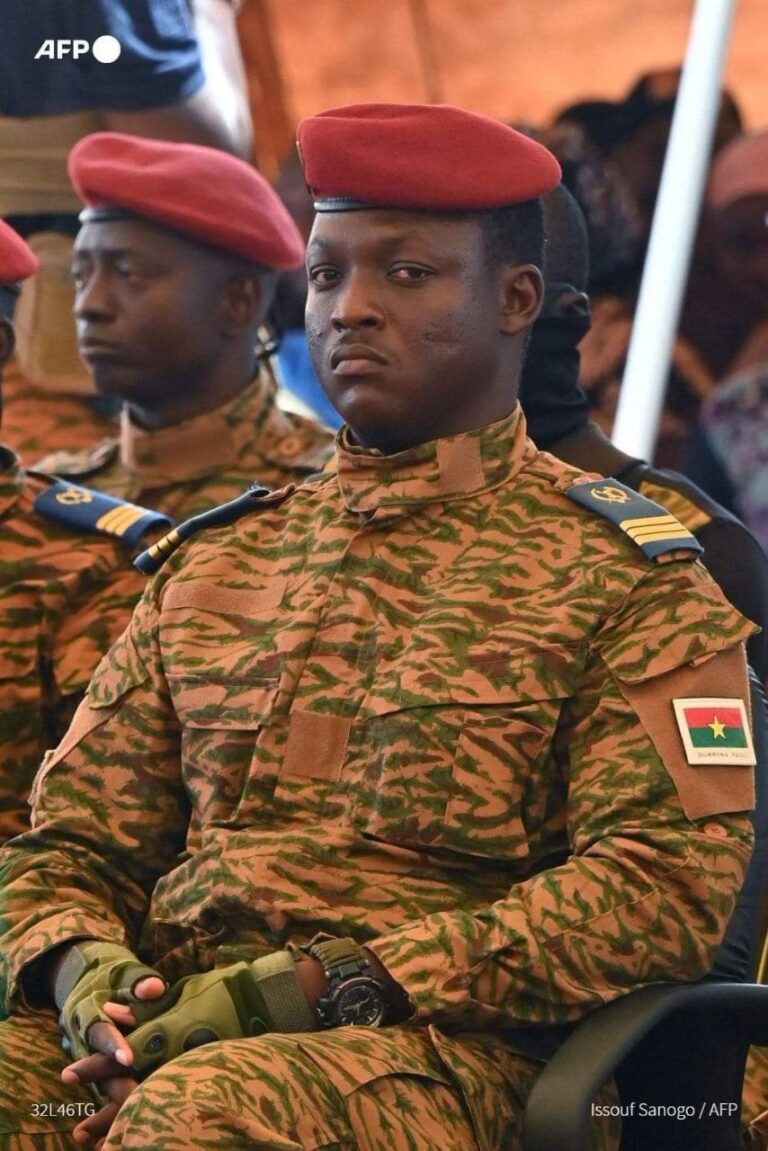

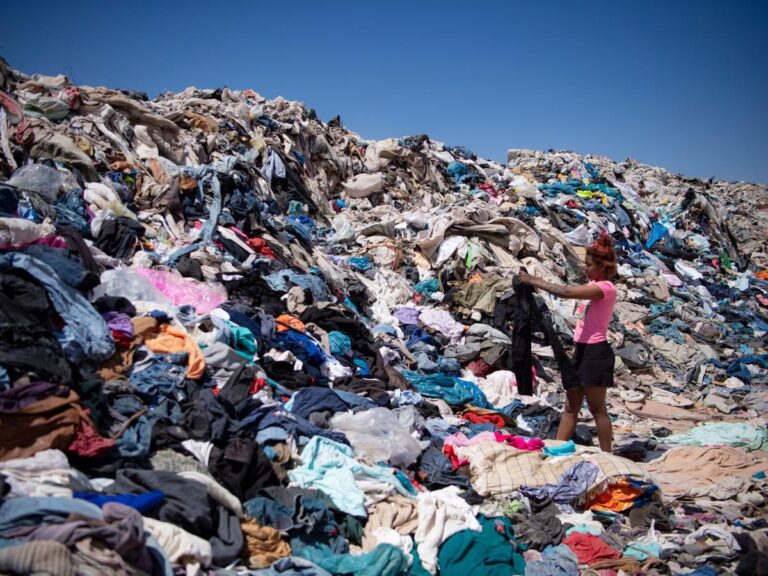

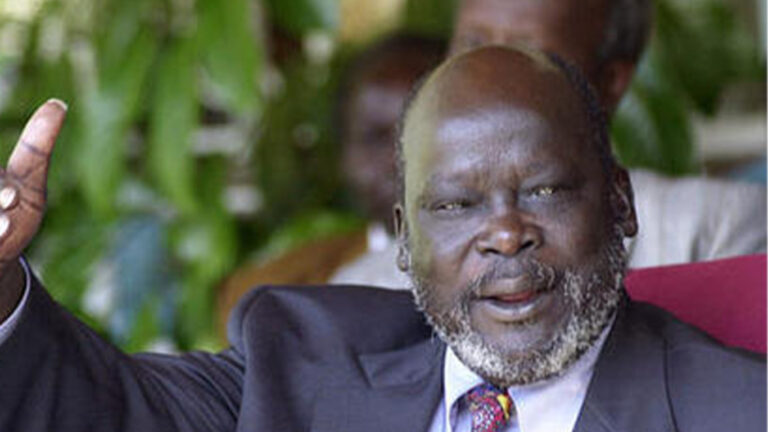
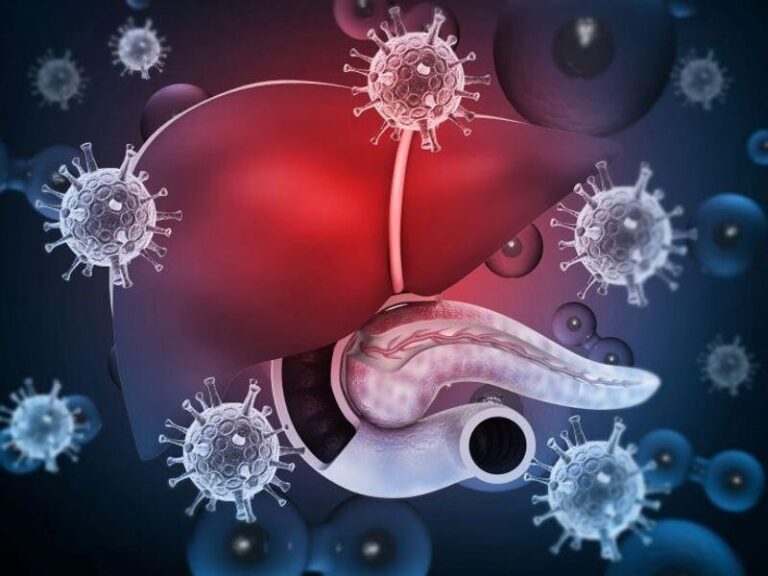

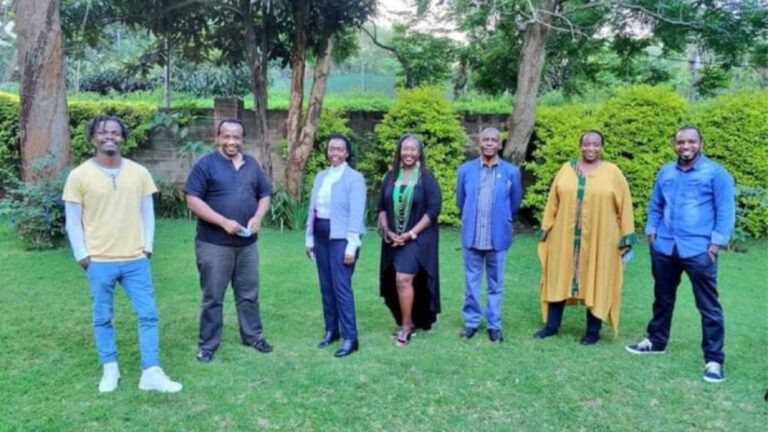
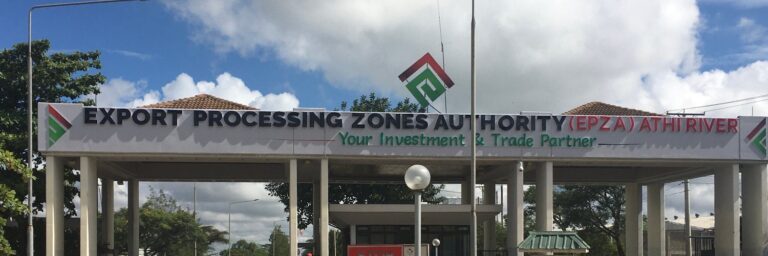
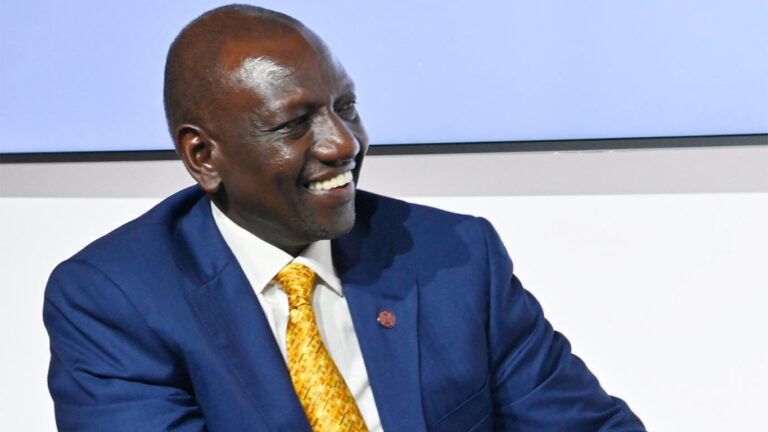






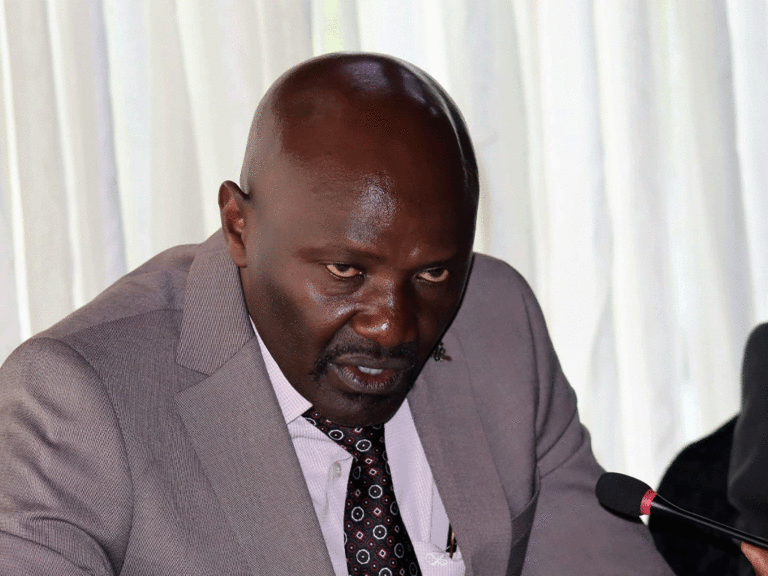


















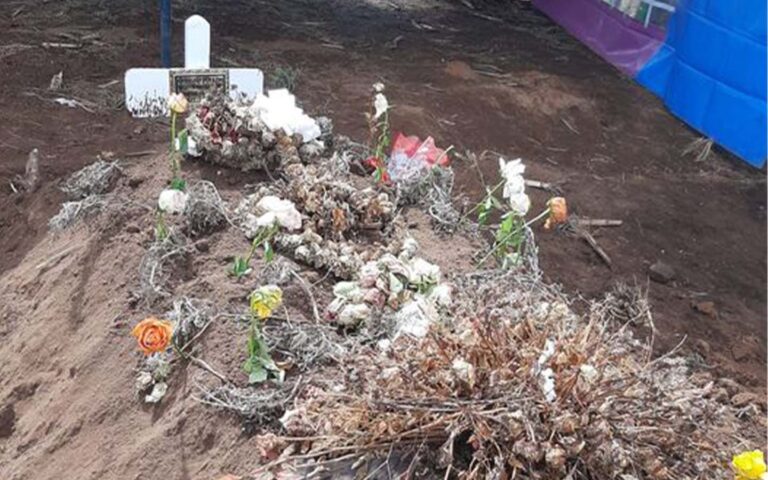


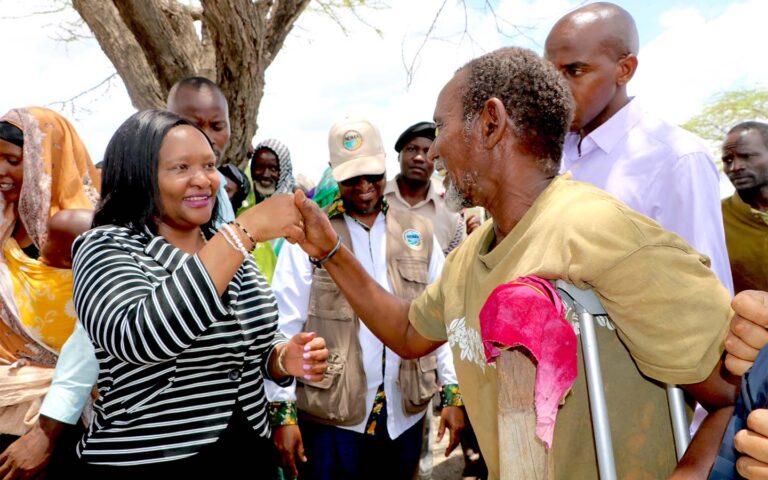

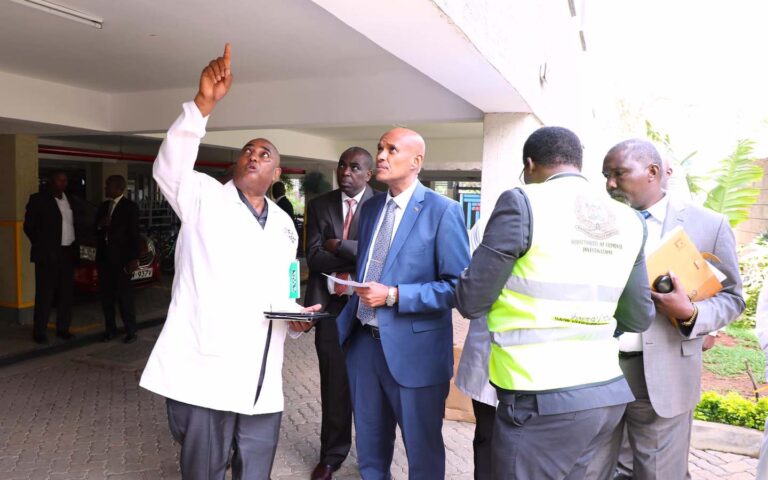




















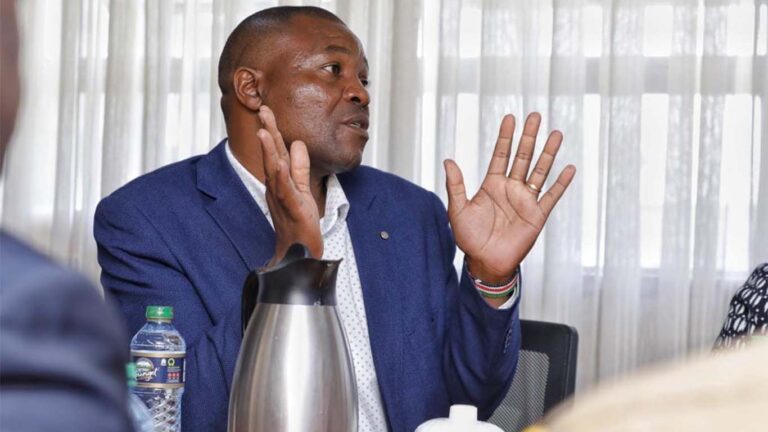

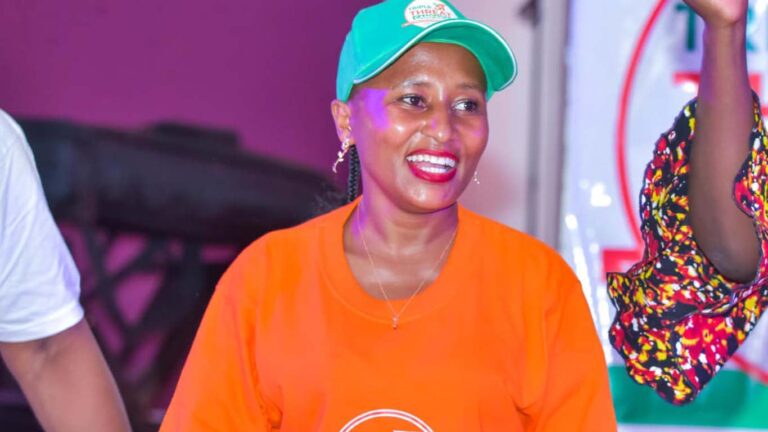
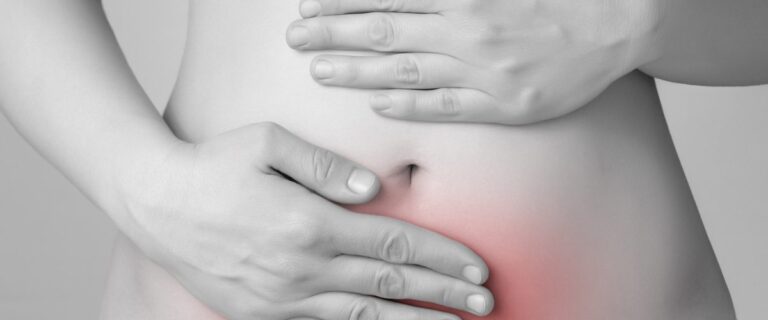


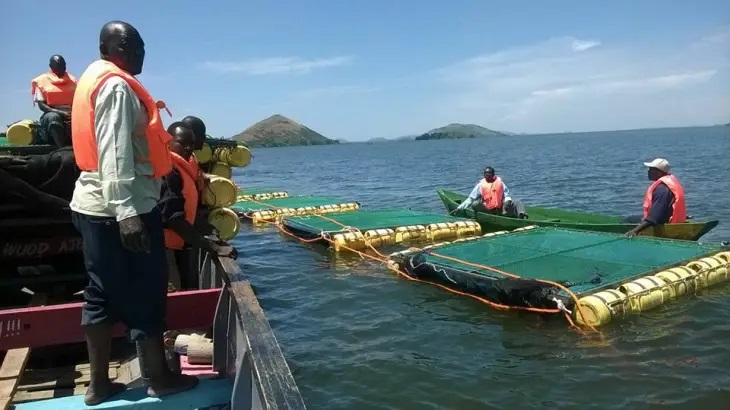





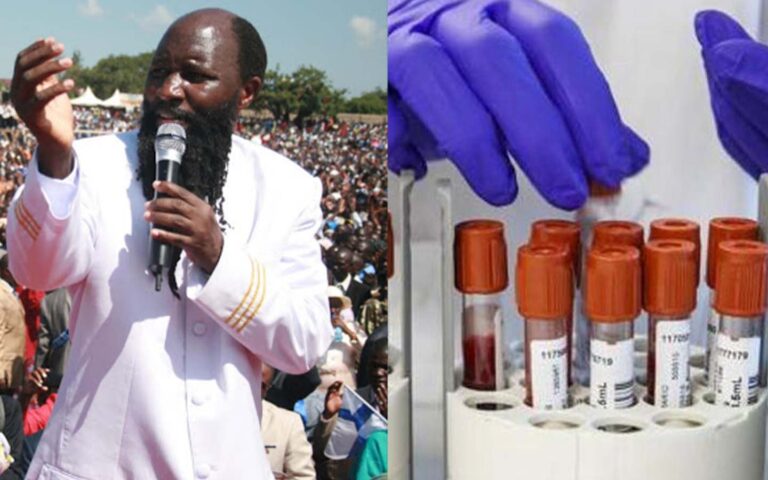
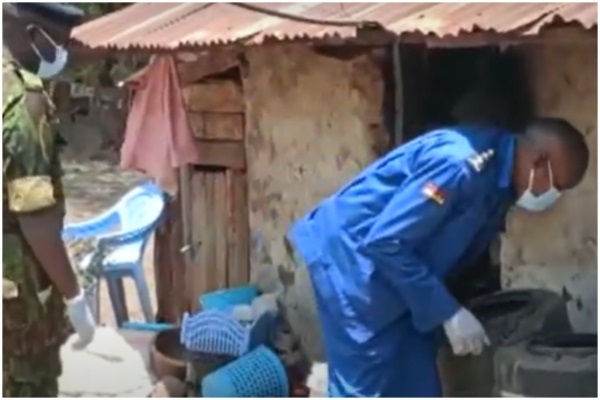




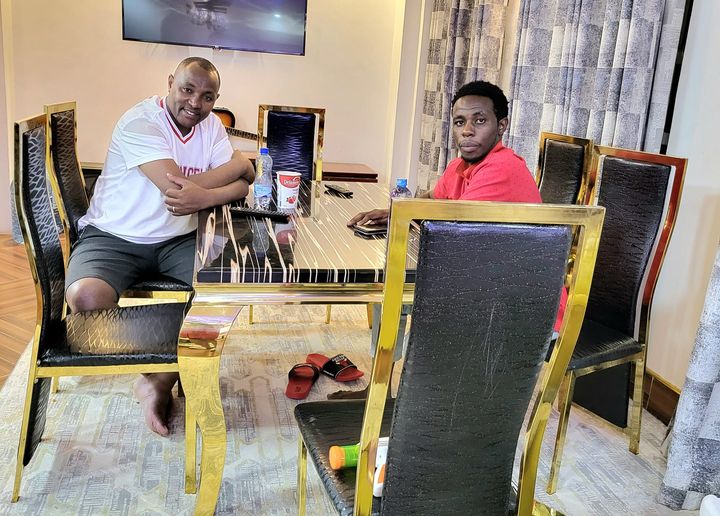





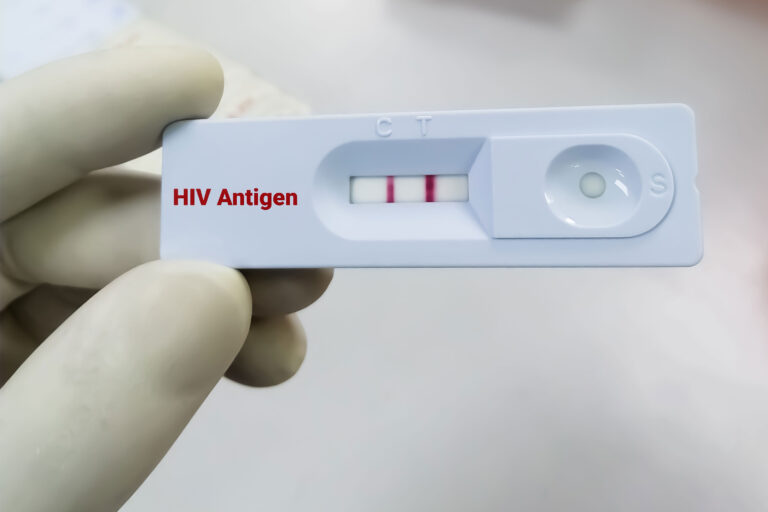



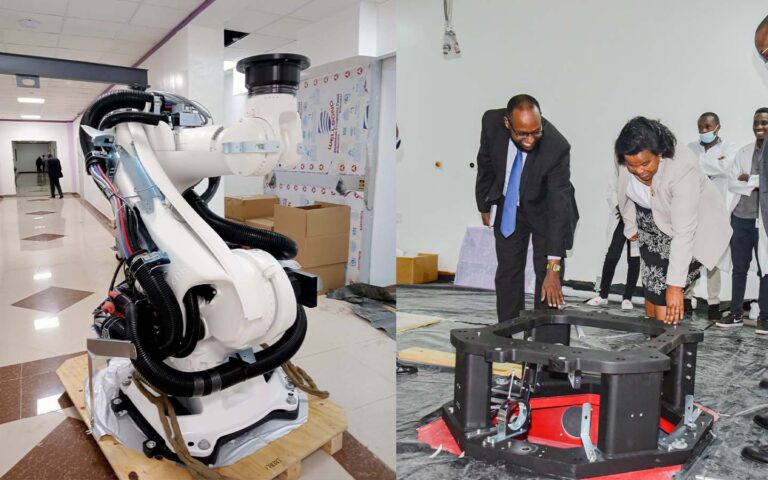















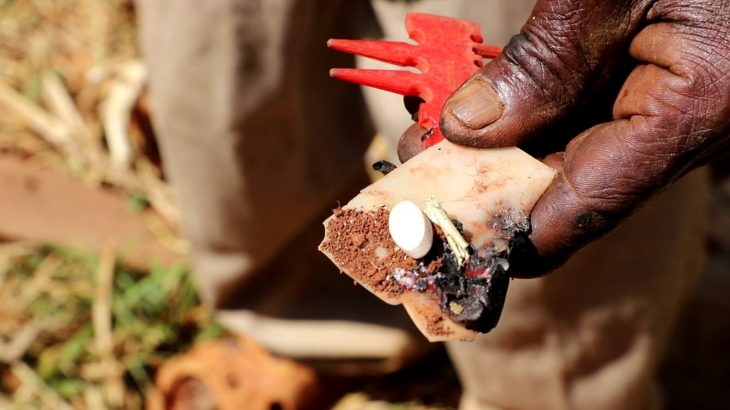












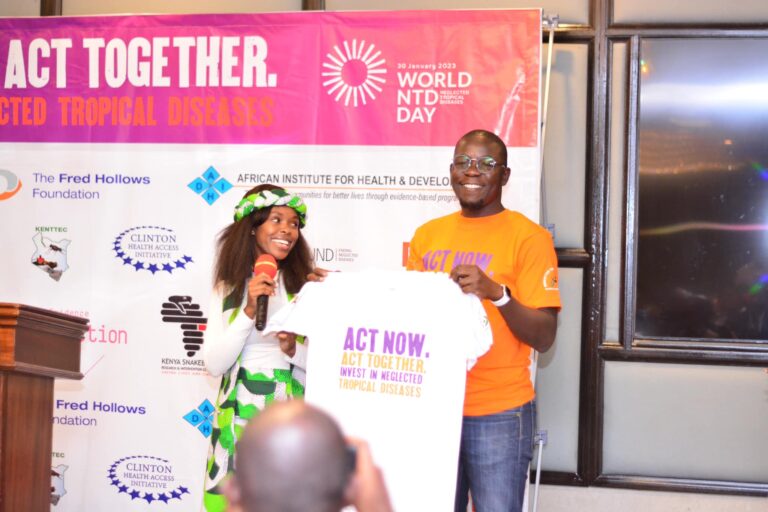









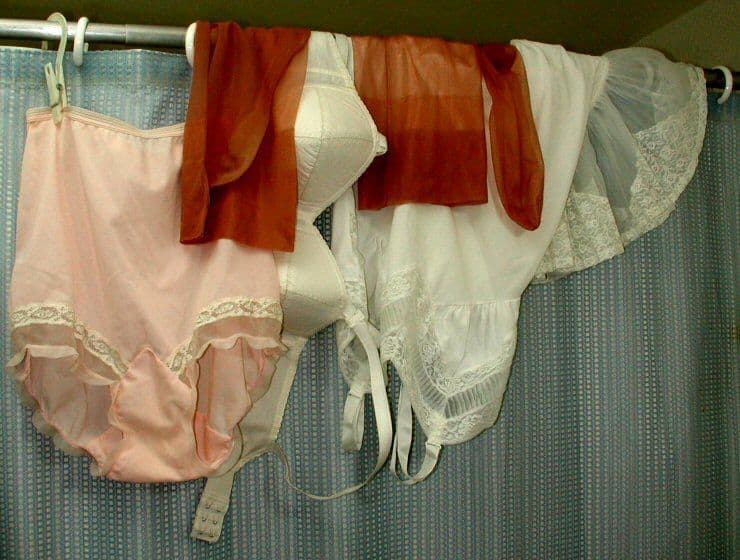














Comments are closed.